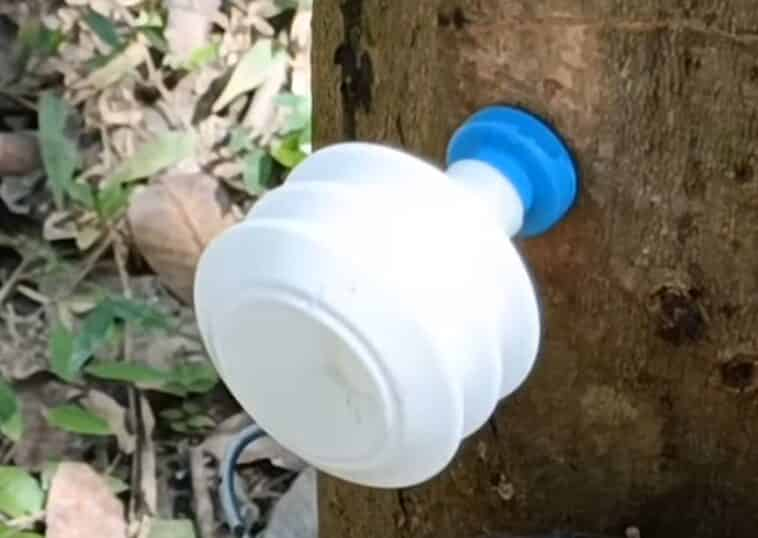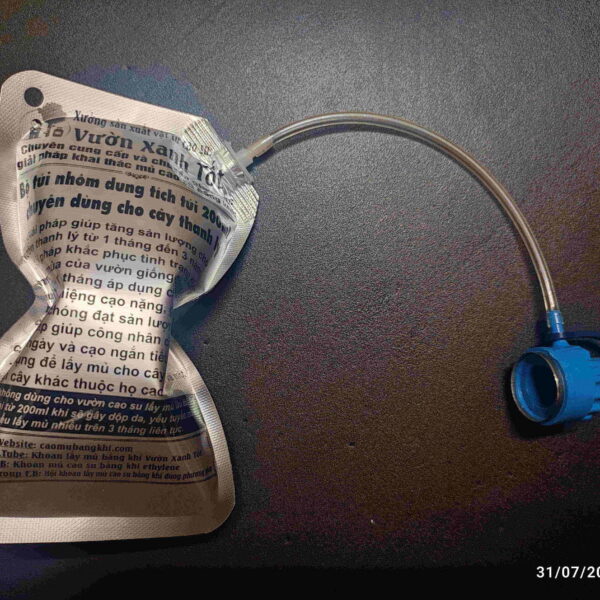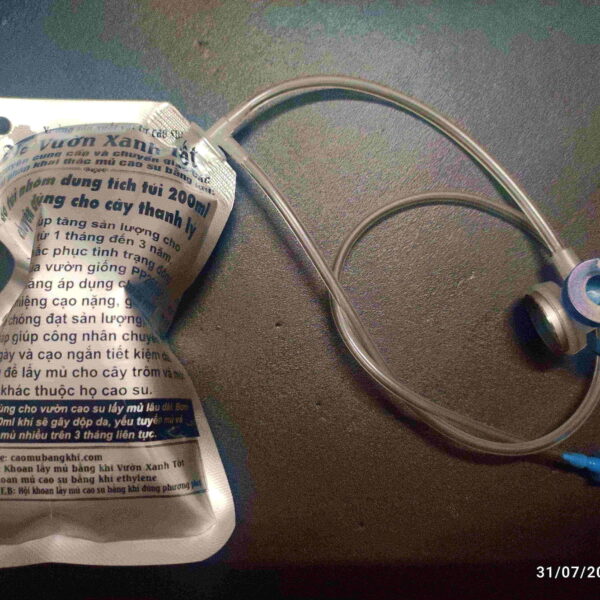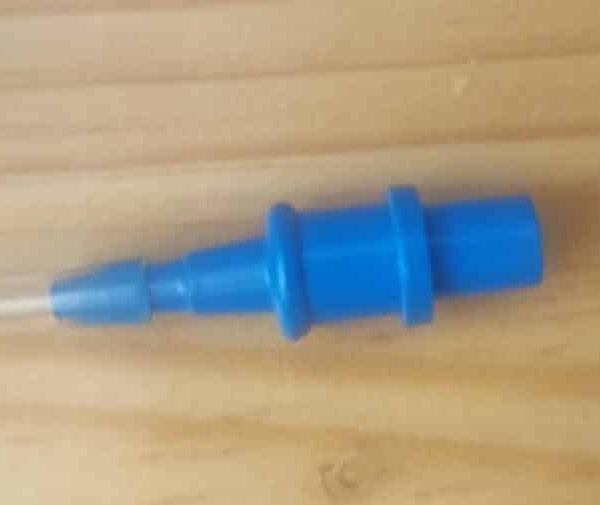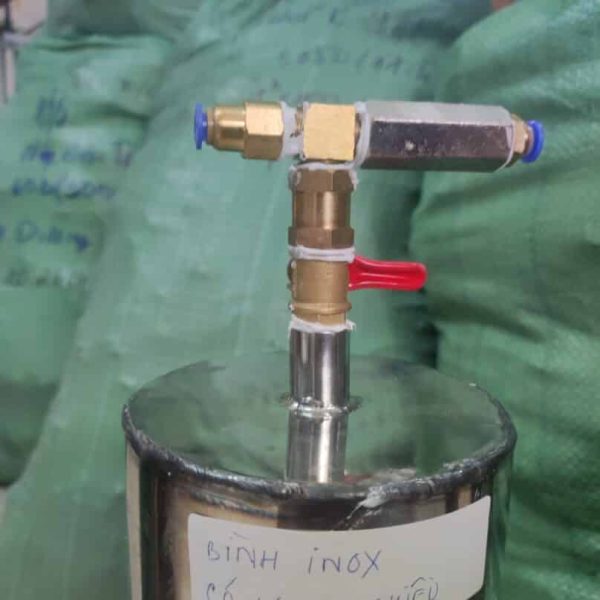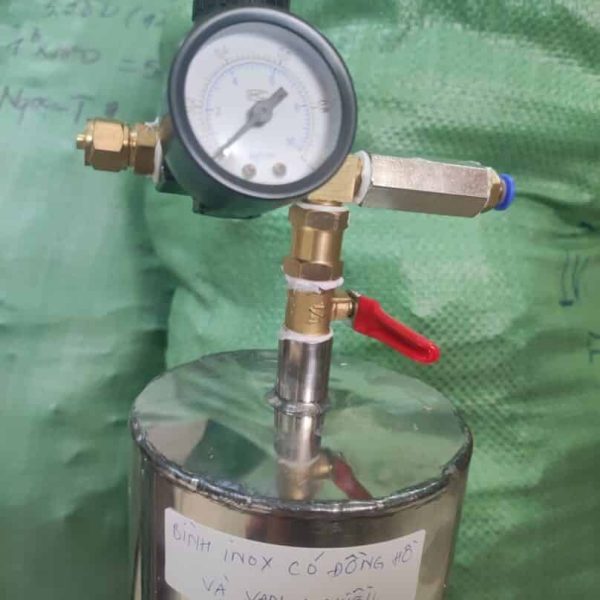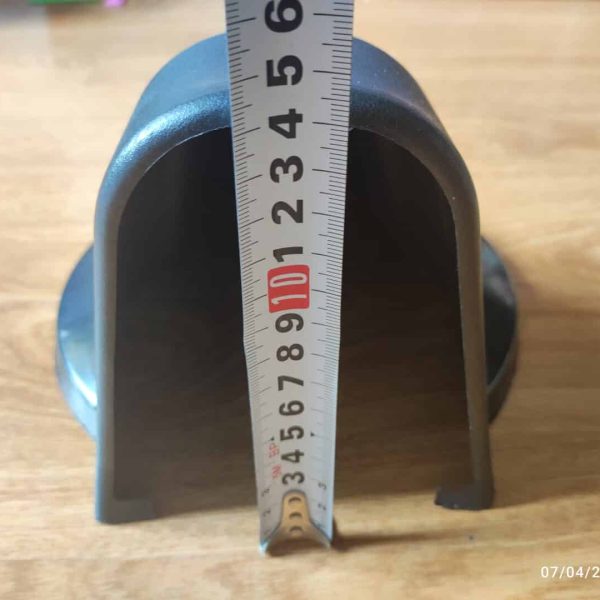Đây là đề tài khoa học nghiên cứu về hiệu quả và sự ảnh hưởng của phương pháp bơm khí kích thích ethylene đối với cây dưới 9 năm tuổi. Thực nghiệm kéo dài 3 năm.
Chứng minh phương pháp áp khí ethylene 99% theo phương pháp cạo 1/6S không ảnh hưởng đến sự phát triễn của cây, cho số mủ trung bình 1 lần cạo theo d3 gần gấp đôi cạo truyền thống theo 2d/3.
Tài liệu tiếng anh, bạn có thể đọc bằng chức năng See Translate của facebook.
Lưu ý T4 là theo phương pháp ốp khí của Malaysia, T5 là phương pháp dùng khí 60%, và T6 là phương pháp áp khí bằng nắp chóp 99%.
Các bạn có thể xem biểu đồ sẽ thấy T6, đường kính phát triễn trung bình của cây xấp xỉ cạo gần bằng truyền thống T1. Do lượng mủ 1 lần lấy cao gần gấp đôi T1, nên cây có vẻ kém phát triễn hơn 1 chút, gần như không đáng kể.
Nếu lấy theo phương pháp định mức và bón phân thêm thì cây sẽ phát triễn bình thường. Trong đề tài này các cây được bón phân là như nhau.
Dẫn chứng là trong 2 báo cáo khoa học sau, chứng minh là khí ethylene không ảnh hưởng đến tốc độ phát triển cây cao sau:
Silpi et al. (2006) reported that ethylene had no effect on the growth rates of tapped trees and ethephon concentrations had no adverse effects on tree health (Prasanna et al., 2010).
https://drive.google.com/open?id=1lZN5eeZ8sSyrqBCl9j_G_4ZJ8MCpbKsx
Results and discussions
Rubber production per year
The cumulative cup lump (g tree-1) was showed significantly different among the six treatments as shown in Figure 3A. The T4 provided the highest cumulative cup lump (3186.05 g tree-1). In addition, the ethylene gaseous stimulation treatments in T4, T5 and T6 expressed significantly higher cumulative cup lump than the ethephon stimulation treatment (T3). Although the ethylene gaseous stimulation treatments increased cumulative cup lump, there was no significantly different from the conventional tapping system (T1). Similarly, Jetro and Simon (2007) reported that 2-chloroethylphosphonic acid caused an increase of rubber yield and varied with season. The increase in of yield per year was due to hormonal stimulation which prolonged period of latex flow per activation of laticiferous metabolism (Traore et al., 2011).
It was evident that the average cup lumps (g tree-1 tapping-1) among the six treatments were significantly different (Figure 3B). The T4 treatment provided the highest average cup lump (91.03 g tree-1 tapping-1). Sivakumaran (2002) also reported that the RRIMFLOW short cut tapping system increased in yield productivity, tapping efficiency. Besides, the ethylene gaseous stimulation treatments (T4, T5 and T6) expressed higher average cup lump than the remaining treatments. Jetro and Simon (2007) supported that the yield (g tree-1 tapping-1) of stimulated tree was significantly higher than the non-stimulated trees.
Dry rubber content (%DRC)
All treatments of rubber tree were no significantly different, and the percentage dry rubber content varied from 41.33 to 44.62 percentages as shown in Figure 3C. However, the ethylene gaseous stimulation treatments in T4, T5 and T6 tended to lower percentage of dry rubber content than the other treatments. Hock and Sivakumaran (2003) and Leconte et al. (2006) reported that the dry rubber content of latex from ethylene application of rubber trees was lower than conventional tapping.
Bark consumption
The bark consumption among the six treatments was shown significantly different as seen in Table1. Especially, the conventional tapping system (T1) expressed significantly higher bark consumption than the other treatments because of higher frequencies. However, reduction in bark consumption is
benefit to increase the life span and delays the replanting. Less bark consumption also provides increase time for bark renewal (Kudaligama et al., 2010).
Growth
There was no significantly different of girth increased among the six treatments. Silpi et al. (2006) reported that ethylene had no effect on the growth rates of tapped trees and ethephon concentrations had no adverse effects on tree health (Prasanna et al., 2010). However, the tree growth of the ethylene gaseous stimulation treatments of T4, T5 and T6 tended to be lower than T1, T2 and T3 treatments. Traore et al. (2011) found that the non-stimulated trees had girth increment which was superior to stimulated trees. Besides, girth increment the stimulated trees decreased because the trees were submitted to important stimulation, carry along the fatigue of trees due to overexploitation and overstimulation (Jacob et al., 1995 refer to Traore et al., 2011).
Latex physiology
The average sucrose content, inorganic phosphorus content and thiol content of rubber trees in the six treatments during September to November 2011 were shown in Table1. The sucrose content among the six treatments was shown significantly different from the data gathered in September and October, except in November 2011. Although the ethylene gaseous stimulation treatments of T4, T5 and T6 were higher sucrose content than T1, T2 and T3 treatments in September but they tended to decrease in October to November. However, sucrose content of the ethephon stimulation treatment (T3) expressed which similarly compared to the conventional tapping system (T1).
There was significantly different of inorganic phosphorus content in September among the six treatments except October and November. In addition, the ethylene gaseous stimulations of T4, T5 and T6 caused higher inorganic phosphorus content in September, but lower in October and November than the conventional tapping system (T1). However, inorganic phosphorus content of the ethephon and ethylene gaseous stimulation treatments of T3, T4, T5 and T6 tended to decrease in October and increased in November. Lacote et al. (2010) reported that the effect of ethylene stimulation on PB 217 clone was high sucrose content and low inorganic phosphorus content.
There was significant difference of thiol content among the six treatments in October, except in September and November. Thiol content seemed to increase continuously in the all treatments. However, the ethephon and ethylene
Journal of Agricultural Technology 2012, Vol. 8(4): 1497-1507
gaseous stimulation treatments of T3, T4, T5 and T6 tended to lower thiol content than the conventional treatment (T1). Jetro and Simon (2007) reported that the higher thiol of the stimulated trees could be due to a good level of metabolic activition that was not accompanied by stress. High stress leads to degradation reactions which reduce thiol level.
 30_IJAT_2012_8_4___Thongchai Sainoi-evaluated_plant science.docx
30_IJAT_2012_8_4___Thongchai Sainoi-evaluated_plant science.docx




